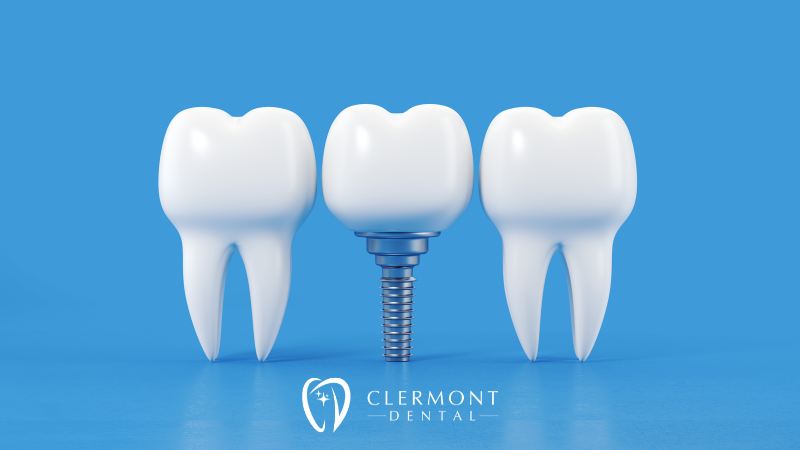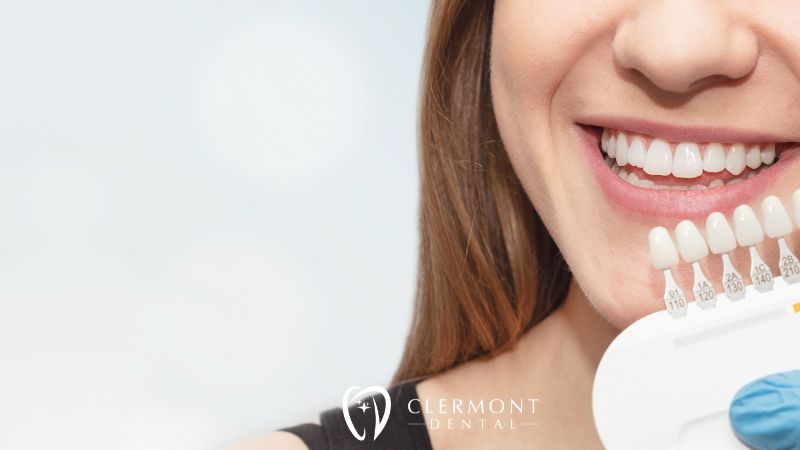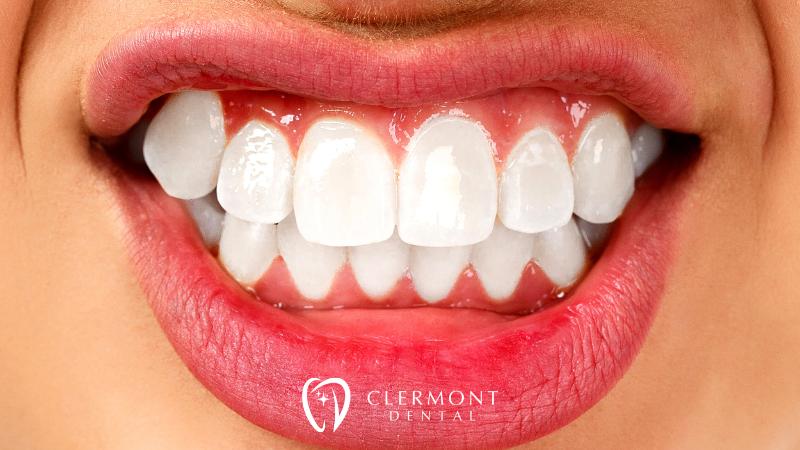Losing a tooth can be a distressing experience, and the question of whether or not to replace it may be at the forefront of your mind. While it may seem tempting to leave the gap as is, it is crucial to consider the potential consequences of not replacing an extracted tooth. In this blog post, we will explore why replacing a missing tooth is generally recommended and discuss the various replacement options available to help you make an informed decision.
The Importance of Tooth Replacement:
When it comes to dental health, the saying “use it or lose it” holds true. Every tooth in your mouth plays a vital role in maintaining proper oral function. While the visible part of the tooth, known as the crown, helps with chewing and speaking, the roots play a crucial role beneath the gum line in stimulating the surrounding jawbone. When a tooth is lost, whether due to decay, gum disease, trauma, or extraction, the impact goes beyond the obvious gap.
Here are some key reasons why replacing a missing tooth is generally recommended:
- Maintaining Oral Function: Each tooth is specifically designed to work in harmony with its neighboring teeth, guiding the bite and facilitating effective chewing and speech. When a tooth is lost, these functions can be compromised. Chewing becomes more challenging, and certain foods may need to be avoided. Speaking clearly may also be affected, which can have social and professional implications.
- Preventing Shifting of Teeth: Teeth exert pressure on one another to maintain alignment. When a tooth is missing, the adjacent teeth tend to shift and lean into the empty space, gradually moving out of their correct positions. This shifting can disrupt the natural alignment of your teeth, resulting in malocclusion (a misaligned bite) and potentially causing issues like crowded or overlapping teeth, difficulty cleaning between teeth, and increased risk of tooth decay and gum disease.
- Preserving Jawbone Health: The roots of your teeth extend into the jawbone, creating a symbiotic relationship. The chewing forces transmitted through the tooth roots stimulate the surrounding bone, which helps maintain its density and strength. When a tooth is extracted, the lack of stimulation can lead to bone loss in that area. Over time, this bone loss can affect the overall structure and appearance of your face, causing your jawline to recede and altering your facial aesthetics.
Replacement Options:
Fortunately, there are several viable options available to replace a missing tooth. The choice of replacement depends on various factors, including the location of the missing tooth, the condition of the surrounding teeth, your oral health, and your personal preferences. Let’s explore some common replacement options:
- Dental Implants: Considered the gold standard in tooth replacement, dental implants offer a long-lasting and natural-looking solution. Implants consist of small titanium posts that are surgically placed into the jawbone. These posts act as artificial tooth roots, providing a sturdy foundation for a dental crown to be placed on top. Dental implants offer excellent stability and function, mimicking the feel and appearance of a natural tooth. They can even help stimulate the jawbone, preventing further bone loss.
- Fixed Dental Bridge: A dental bridge is a non-removable appliance that bridges the gap created by one or more missing teeth. The bridge consists of one or more artificial teeth, known as pontics, which are anchored to the adjacent teeth using dental crowns. These crowns are cemented onto the natural teeth on either side of the gap. Fixed dental bridges restore both function and aesthetics, improving your ability to chew and restoring your smile.
- Removable Partial Dentures: Partial dentures are removable appliances used to replace one or more missing teeth. They consist of artificial teeth set in a gum-colored base, with metal or plastic clasps that attach to the neighboring teeth for stability. While partial dentures offer a more affordable option, they may not provide the same level of stability and comfort as dental implants or fixed bridges. However, they can still enhance your ability to speak and chew by filling in the gaps.
Consultation with a Dental Professional:
Every case is unique, and the best way to determine the most suitable tooth replacement option for you is to consult with Dr. Safavi and a qualified dentist . They will assess your specific situation, taking into consideration factors such as your oral health, jawbone density, and aesthetic goals. A comprehensive examination, including X-rays and scans, will help the dental professional evaluate the condition of your remaining teeth and jawbone, ensuring a well-informed decision.
Conclusion:
Although it may be tempting to ignore the gap left by an extracted tooth, it is important to understand the potential long-term consequences of not replacing it. From maintaining oral function and preventing shifting of teeth to preserving jawbone health, the benefits of tooth replacement are numerous. Replacing a missing tooth not only improves your ability to chew, speak, and smile but also contributes to your overall dental health and well-being.
If you have recently lost a tooth, don’t delay in exploring your tooth replacement options. Schedule a consultation with us today and let our dental experts guide you towards making the best decision for your oral health and happiness.








